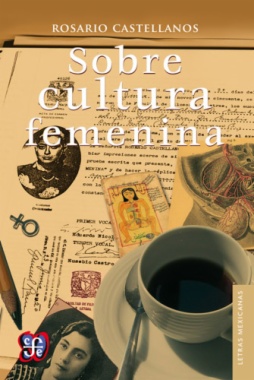
El estante de Julieta Venegas
Los libros favoritos de Julieta Venegas, que puedes leer de forma gratuita en la Biblioteca Digital de Bogotá.

Sobre cultura femenina

La historia del buen viejo y la señorita
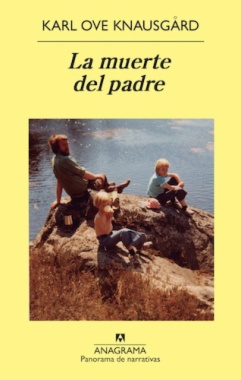
La muerte del padre
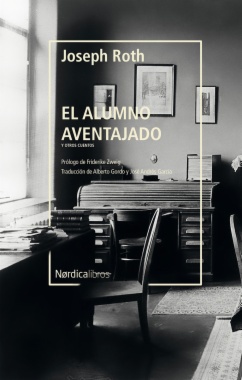
Seminario: Experiencias internacionales en archivos de Derechos Humanos
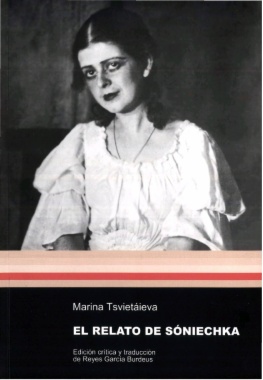
El relato de Sóniechka
Los Locos
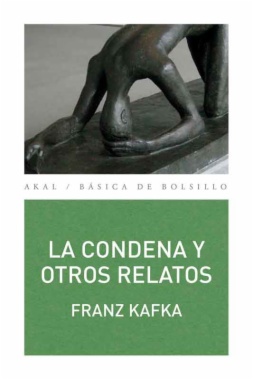
The Climatic Disruption, Systems thinking to interpret migration and conflict under climatic constraints: the case study of Syria and its applicability to the Colombian context = La Perturbación Climática, Pensamiento sistémico para la interpretación de conflicto y migración en escenarios con restricciones climáticas: el caso de Siria y su aplicabilidad en el contexto Colombiano
Para consultar los contenidos añadidos busca la opción Tus colecciones en el menú principal o en Mi perfil.